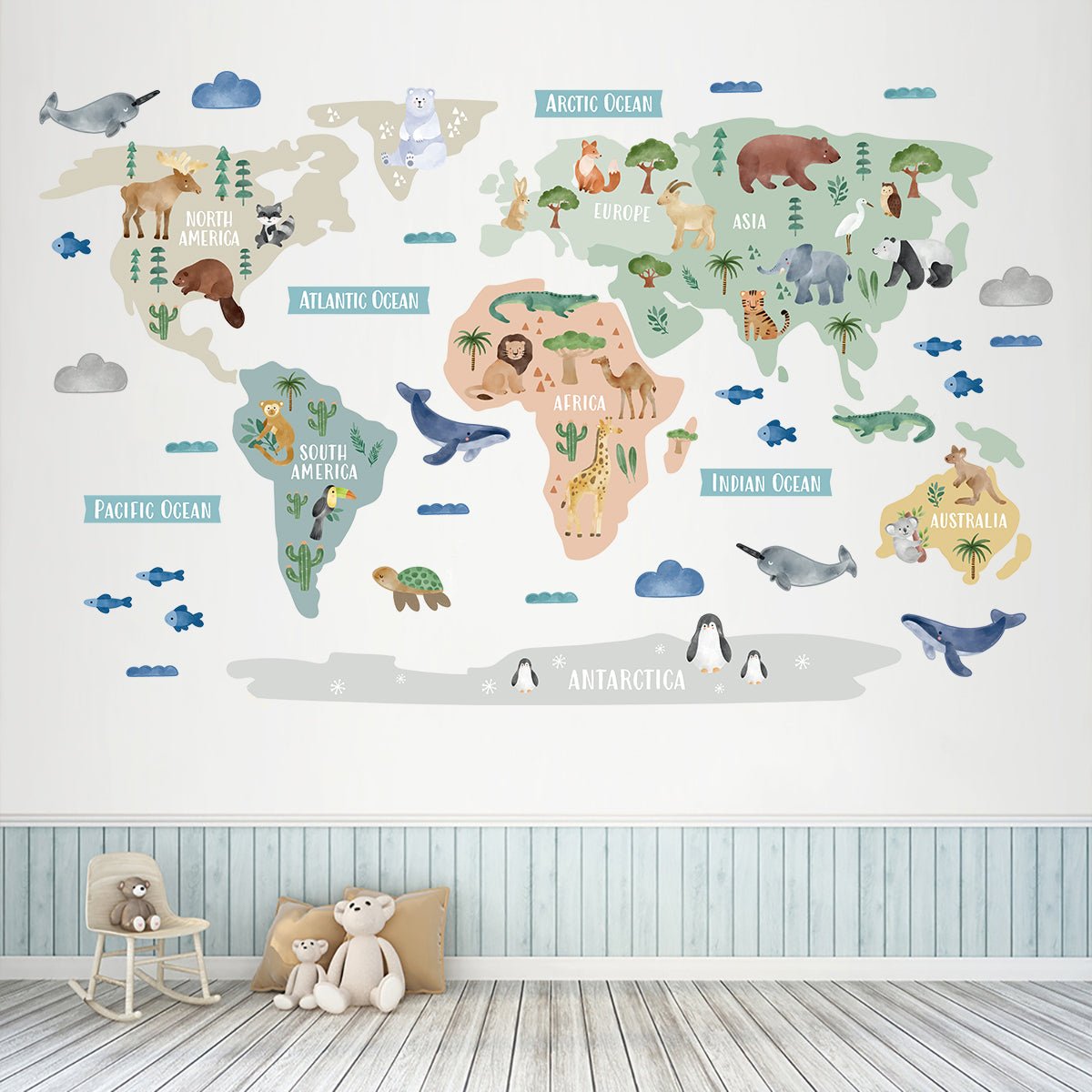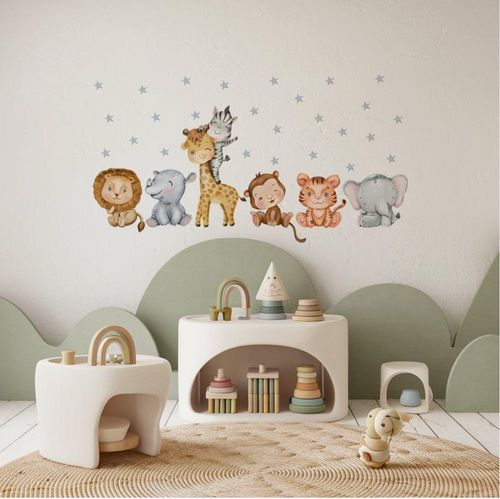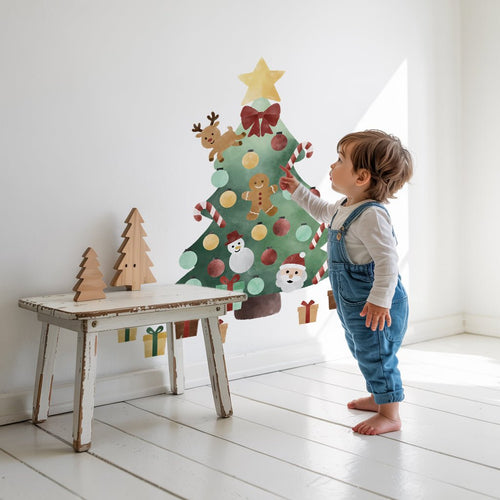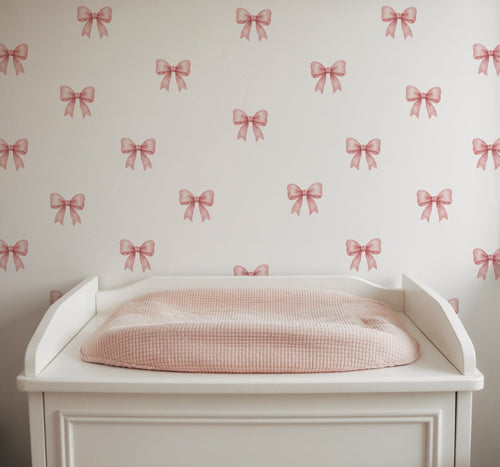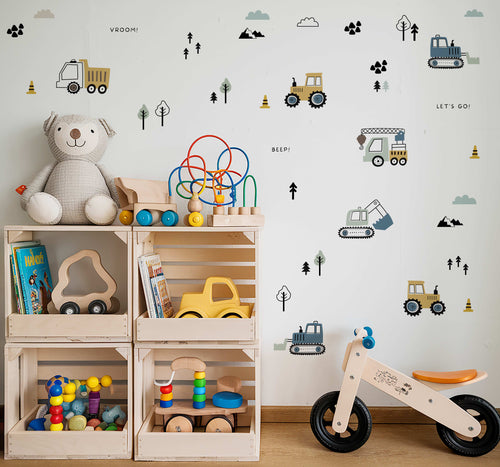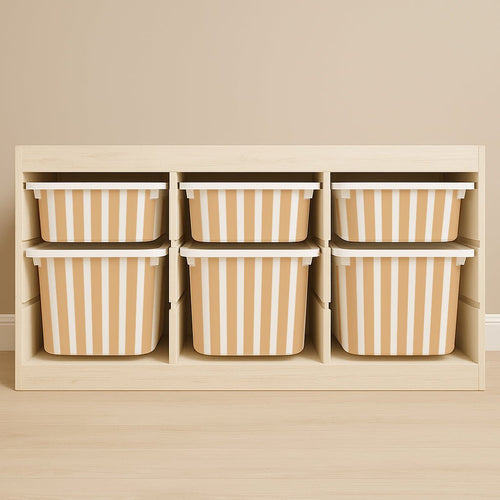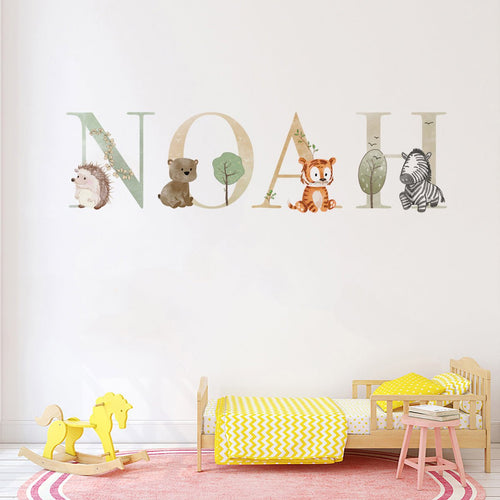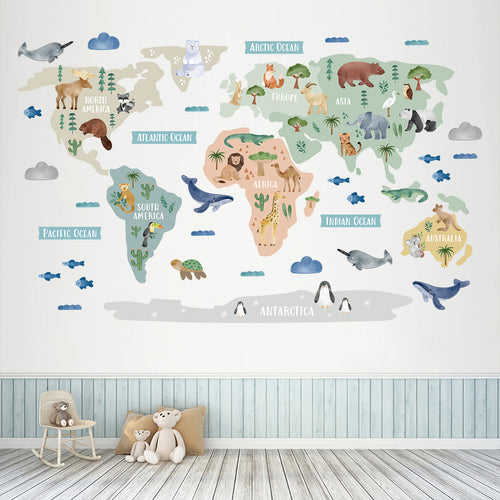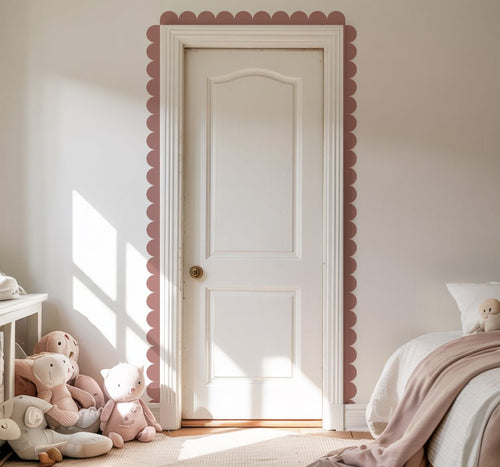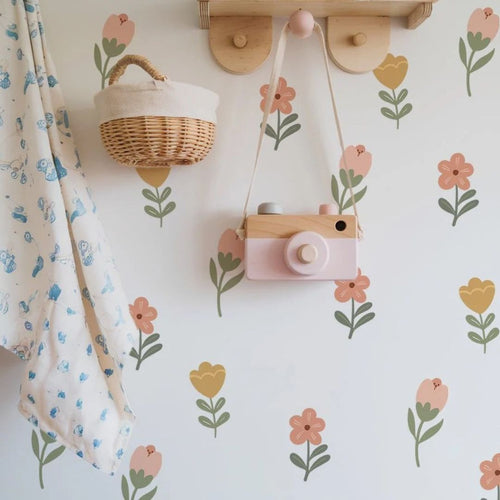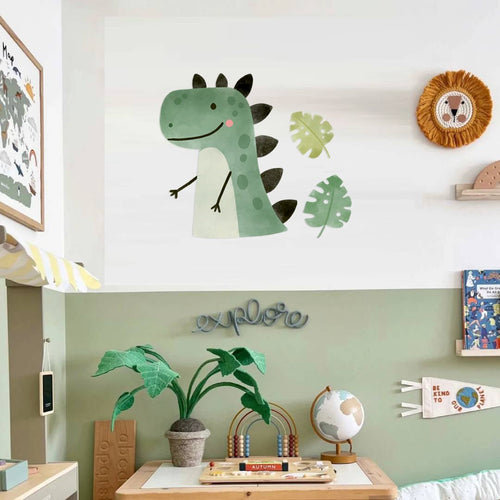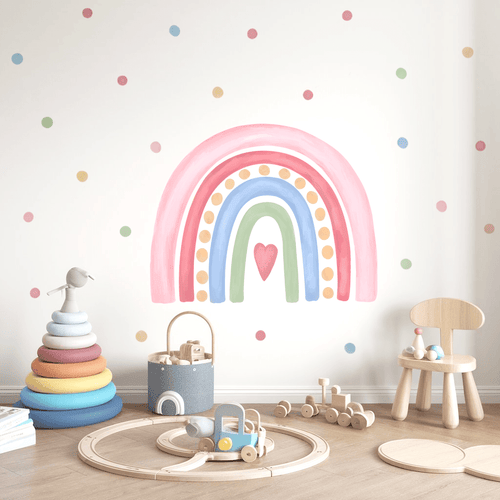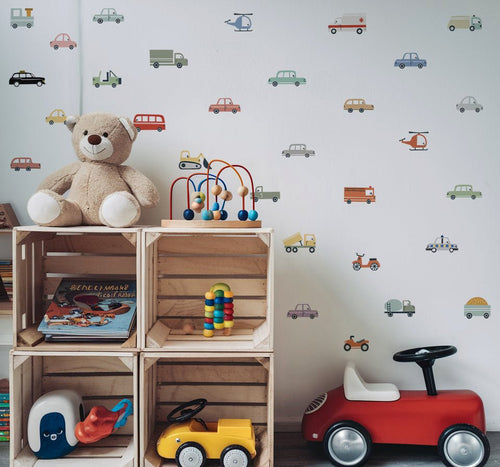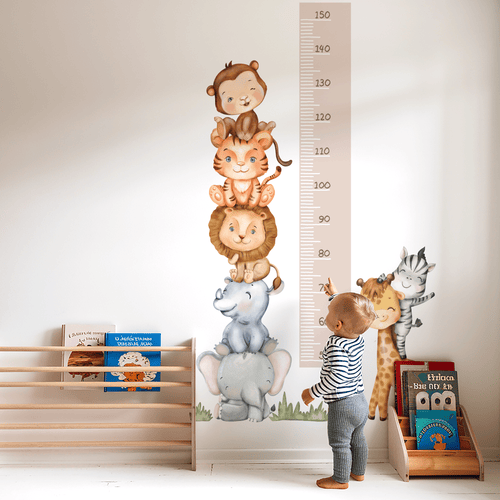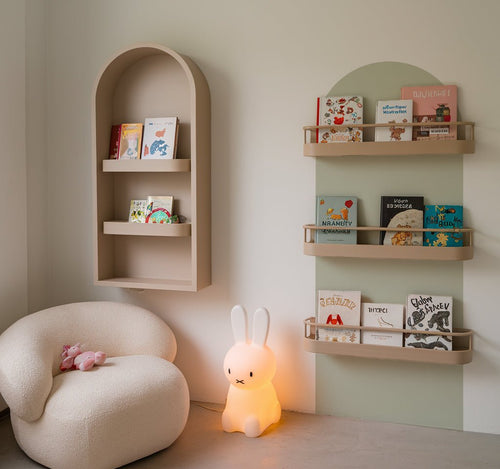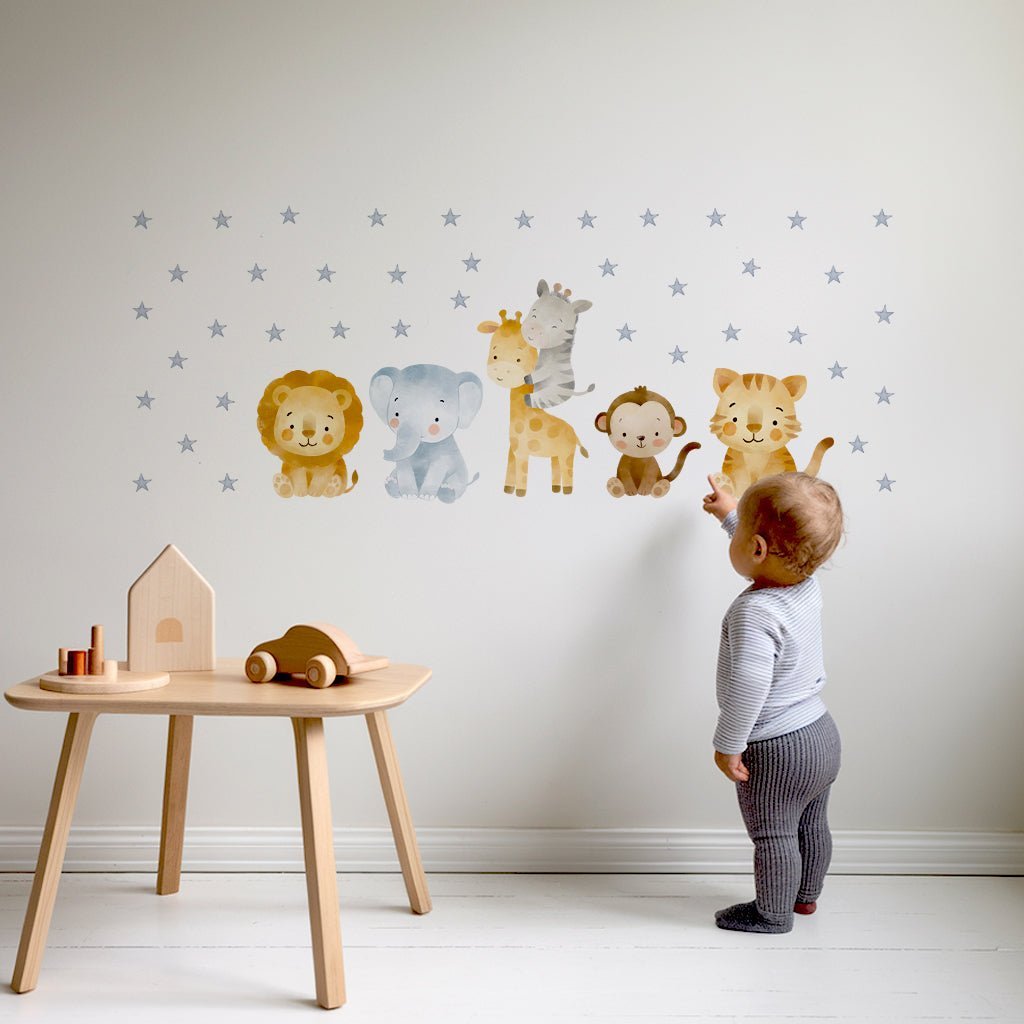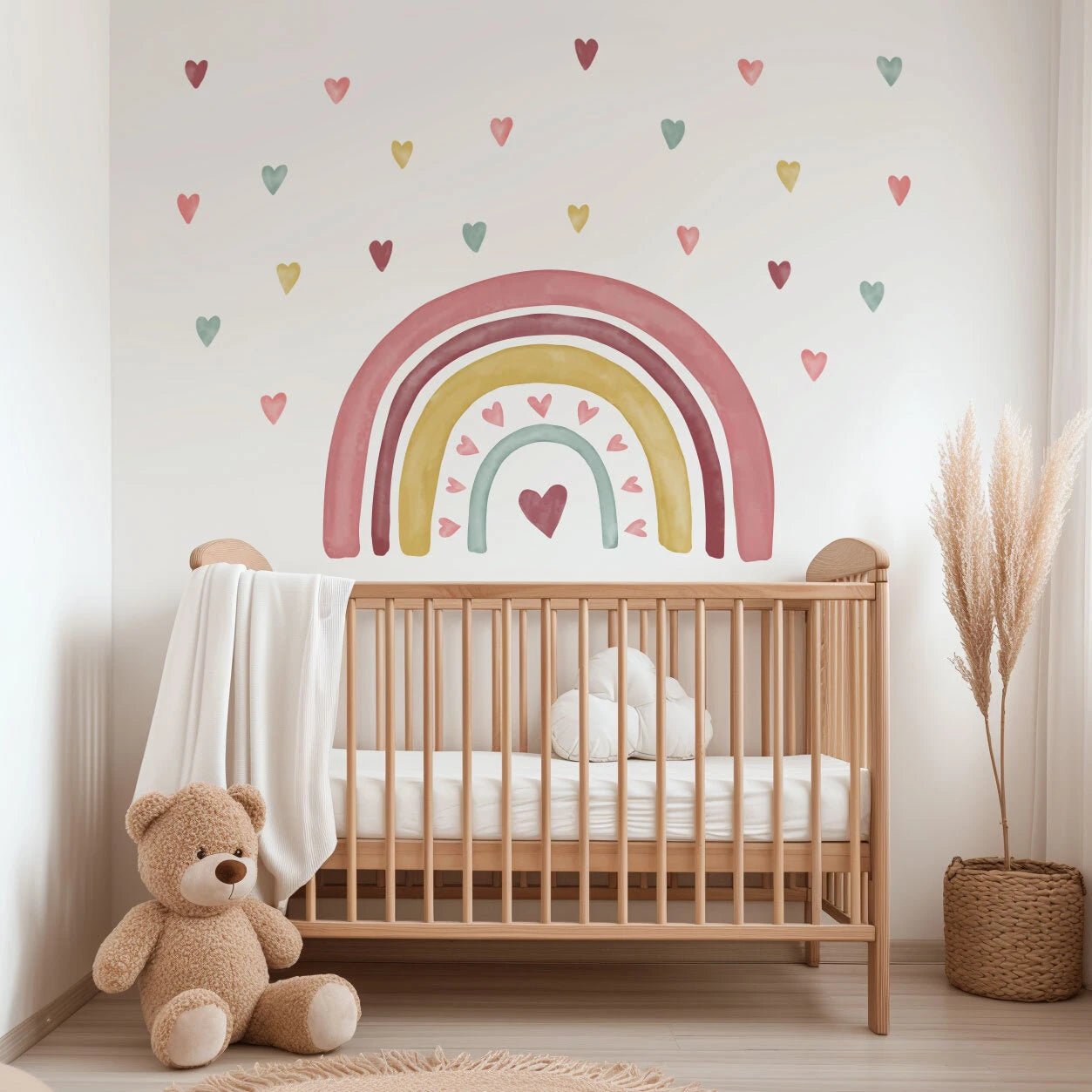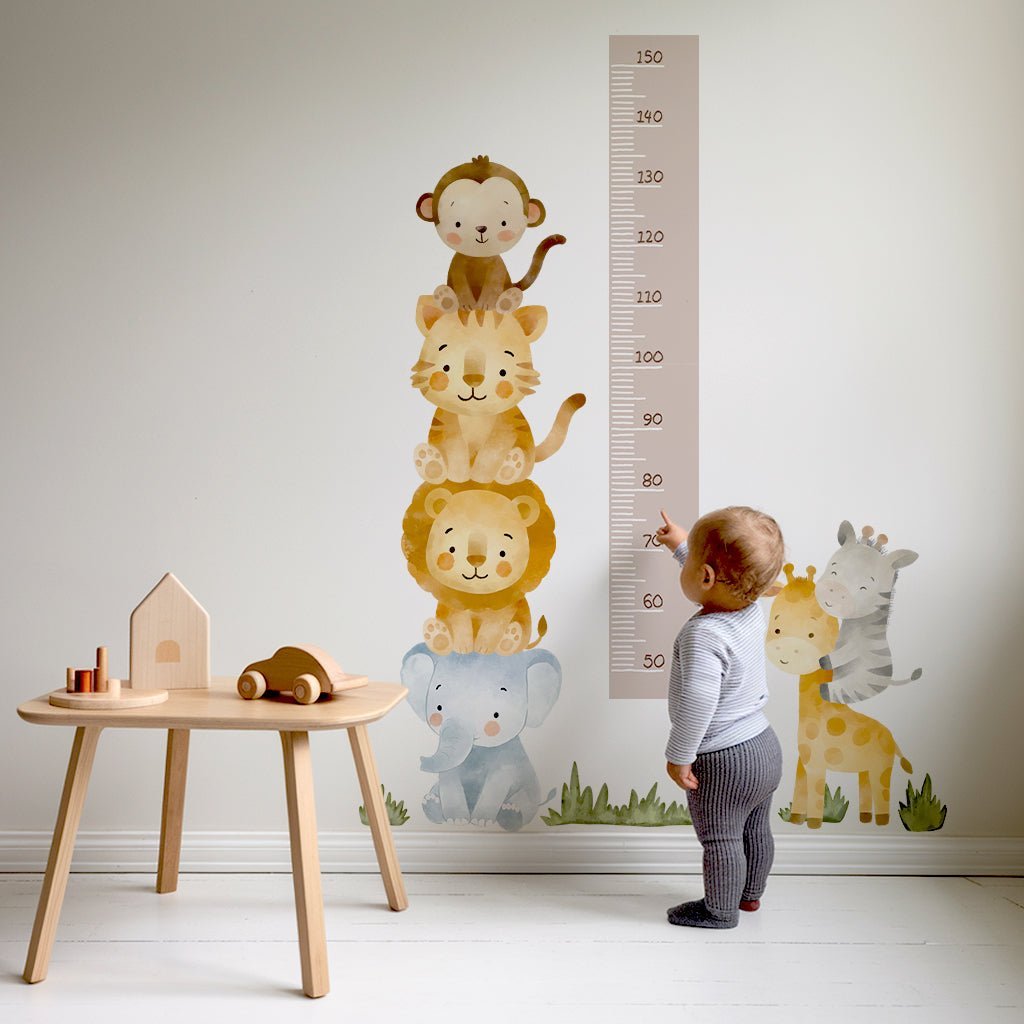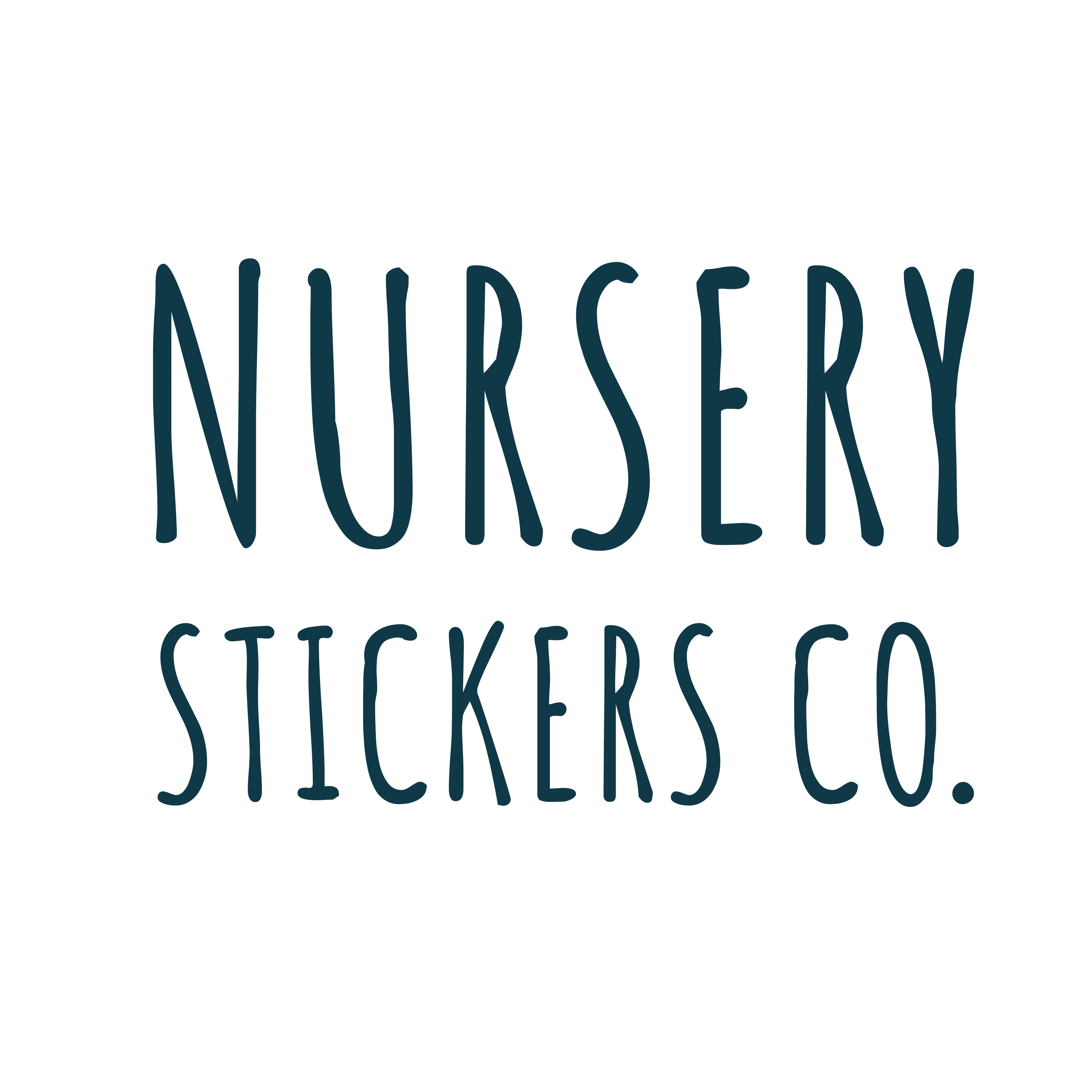Key Takeaways
- Choosing the right bedding set cot is essential for creating a safe and comfortable sleep space for your child.
- A good bedding set cot should balance safety, comfort, and style effectively.
- It is important to consider bedding that adapts as your child grows.
- Parents must navigate changing tastes and strict safety guidelines when selecting nursery bedding.
Table of Contents
- What Is a Bedding Set for a Cot?
- Essential Cot Bedding Items, What You Actually Need (and What to Skip)
- Cot Bedding Safety Demystified: How to Sleep Soundly
- Measuring for the Perfect Fit: Cot and Cot Bed Size Guide
- Materials Matter: Choosing the Right Fabric for Your Baby's Skin
- Cot Bedding Sets vs Individual Pieces: Which Is Best for You?
- How to Choose the Right Bedding Set for Your Cot
- Bedding Set Comparisons, Not All Cot Sets Are Created Equal
- Styling Your Cot: Easy Decorating Ideas for a Personal Nursery
- Caring for Cot Bedding, Washing, Stain-Removal, and Long-Lasting Love
- When and How to Transition, Upgrading from Cot Bedding as Baby Grows
- Troubleshooting: Common Cot Bedding Challenges and Solutions
Bedding Set Cot, The Ultimate Guide for Safe, Stylish, and Flexible Nursery Sleep
Creating the perfect sleep space for your little one starts with choosing the right bedding set cot that balances safety, comfort, and style. With constantly changing tastes and strict safety guidelines to navigate, finding bedding that grows with your child whilst keeping them safe can feel overwhelming.
This comprehensive guide cuts through the confusion, helping you select bedding that meets UK safety standards, fits your budget, and adapts as your child grows. From understanding what's actually needed to styling tips that transform your nursery in minutes, you'll discover how to create a beautiful, safe sleep space without the stress.
For a quick and playful nursery update, consider adding Animal World Map Nursery Wall Sticker or Boho Flowers Nursery Wall Stickers to complement your bedding set cot and create a cohesive, inviting atmosphere.
What Is a Bedding Set for a Cot?
A bedding set cot typically includes fitted sheets, cellular blankets or sleeping bags, and sometimes pillowcases for older toddlers. Unlike adult bedding, cot sets are specifically designed for UK standard cot dimensions (60x120cm) or cot beds (70x140cm), ensuring proper fit and safety compliance.
Essential Cot Bedding Items, What You Actually Need (and What to Skip)

The NHS and Lullaby Trust are crystal clear: babies under 12 months need minimal bedding to reduce SIDS risk. Your essential list should include fitted sheets, waterproof mattress protectors, and cellular blankets or sleeping bags. That's it.
Skip pillows, duvets, and loose bedding entirely for the first year. These items, whilst included in many dunelm cot bedding sets and similar retailers, should be stored away until your child reaches toddlerhood. The "bare is best" approach isn't just safer, it's simpler for exhausted parents managing multiple night changes.
Must-Have Items:
- 2-3 fitted sheets for easy rotation
- Waterproof mattress protector
- Cellular blankets (summer) or sleeping bags (winter)
- Spare bedding for inevitable 3am changes
Items to Avoid (Under 12 Months):
- Pillows and cushions
- Loose blankets and throws
- Bumper pads
- Heavy duvets
Once your child transitions to a toddler bed (typically 18-36 months), you can gradually introduce a small pillow and lightweight duvet. This staged approach means your initial bedding set cot purchase can focus on safety essentials rather than items you won't use for months.
Cot Bedding Safety Demystified: How to Sleep Soundly
SIDS prevention drives every safe sleep recommendation, and the statistics support strict bedding guidelines. The Lullaby Trust reports that following safe sleep practices, including appropriate bedding choices, has contributed to a 50% reduction in sudden infant deaths since the 1990s.
Look for OEKO-TEX Standard 100 certification on fabrics, ensuring they're tested for harmful chemicals. Fitted sheets should have deep pockets and elasticated edges that won't pop off during movement. The mattress should fit snugly with no gaps larger than 2cm around the edges.
Non-Negotiable Safety Rules
- Bare cot policy: Only fitted sheet and baby until 12 months
- Temperature control: Room at 16-20°C, adjust clothing not bedding
- Snug fit: Sheets tight enough that baby can't pull them loose
Regular safety checks matter too. Weekly inspections for loose threads, worn elastic, or fabric deterioration prevent potential hazards. Quality cotbed duvet sets designed for older toddlers should meet BS EN 12935 safety standards for children's bedding.
Measuring for the Perfect Fit: Cot and Cot Bed Size Guide
Ill-fitting sheets create safety hazards and frustration during those frequent changes. Start by measuring your mattress length, width, and depth, don't assume standard sizes. Some travel cots and unique designs vary from typical UK dimensions.
| Bed Type | Mattress Size | Sheet Dimensions Needed | Typical Age Range |
|---|---|---|---|
| Standard Cot | 60 x 120cm | 70 x 140cm fitted | 0-24 months |
| Cot Bed | 70 x 140cm | 80 x 160cm fitted | 0-5 years |
| Travel Cot | 65 x 95cm (varies) | Custom or universal fit | 0-3 years |
Speedy Fit Test
Pull the fitted sheet corner, if you can lift the mattress edge more than 2cm, the sheet's too loose. A properly fitted sheet requires effort to remove and stays taut during baby's movement.
Materials Matter: Choosing the Right Fabric for Your Baby's Skin

Cotton remains the gold standard for bedding set cot choices, offering breathability and easy washing at accessible prices. Percale weaves provide crisp coolness for summer, whilst jersey cotton offers stretch and softness for wriggling babies. Organic cotton eliminates pesticide concerns but typically costs 30-50% more.
Bamboo fabric naturally regulates temperature and resists bacteria, making it excellent for babies who overheat easily. However, check processing methods, some bamboo involves harsh chemicals that negate natural benefits. Look for OEKO-TEX certified bamboo for peace of mind.
Synthetic blends offer durability and stain resistance but can trap heat and feel less breathable. Pure polyester should be avoided for direct baby contact, though small percentages (under 20%) can add wrinkle resistance without compromising comfort.
Cotton Benefits:
- Breathable and temperature-regulating
- Machine washable at high temperatures
- Softens with each wash
- Wide price range from £12-£60
Synthetic Drawbacks:
- Can trap heat against baby's skin
- Static build-up during dry weather
- Less absorbent for spills
- May pill after repeated washing
Cot Bedding Sets vs Individual Pieces: Which Is Best for You?
Pre-packaged sets offer convenience and coordinated styling, typically including 3-5 pieces for £15-£80. Basic sets contain fitted sheet, flat sheet, and cellular blanket. Deluxe versions add sleeping bags, extra sheets, and decorative elements you may not need immediately.
Building your own collection allows targeted spending on essentials. Purchase 2-3 quality fitted sheets (£8-£15 each), one waterproof protector (£10-£20), and seasonal sleeping bags (£15-£30). This approach often costs less whilst ensuring each item meets your specific requirements.
First-time parents benefit from starter sets that include safety-appropriate items and clear guidance. Experienced parents or those wanting specific themes might prefer individual pieces that coordinate with existing nursery elements like wall stickers and removable decorations.
For more inspiration on how to coordinate bedding with wall decor, see the ultimate cot decoration guide for creative sticker ideas and styling tips.
Consider washing frequency when deciding. Sets with multiple fitted sheets reduce stress during illness or teething phases when changes happen multiple times nightly. Individual pieces work better if you're gradually building a collection or have strong preferences about specific brands for different items.
How to Choose the Right Bedding Set for Your Cot
Start with your cot measurements and safety requirements, these non-negotiables eliminate unsuitable options immediately. Next, consider your baby's sleep patterns and temperature preferences. Hot sleepers need lightweight, breathable fabrics, whilst cold babies benefit from slightly thicker weaves.
Budget allocation matters more than total spend. Invest in quality fitted sheets and mattress protectors that withstand frequent washing, then save on decorative items that change as tastes evolve. Premium cotbed duvet sets printed in the UK with double-stitched seams justify higher prices through longevity.
10-Minute Decision Framework
- Measure: Confirm your mattress dimensions
- Safety check: Age-appropriate items only
- Material preference: Cotton for reliability, bamboo for temperature control
- Style coordination: Match existing nursery themes or plan for easy updates
Theme flexibility becomes crucial as children's interests change rapidly. Choose neutral base colours that work with removable wall stickers and accessories. This approach allows dramatic style updates, from jungle themes to space adventures, without replacing expensive bedding sets.
Bedding Set Comparisons, Not All Cot Sets Are Created Equal

Styling Your Cot: Easy Decorating Ideas for a Personal Nursery
Use your bedding set cot as the foundation for broader room themes. Neutral bedding in whites, greys, or soft pastels provides flexibility for dramatic wall transformations using removable stickers. Bold bedding works beautifully when walls remain simple, creating balanced visual interest.
Layer textures through cellular blankets, knitted throws, and different sheet weaves. This approach adds depth without overwhelming small nursery spaces. Coordinate bedding colours with removable wall elements, if your sheets feature soft blues, echo this in cloud or ocean-themed stickers that can change as interests evolve.
Rental-friendly updates focus on removable elements. Pair simple white bedding with statement wall stickers, swappable cushion covers, and repositionable artwork. This strategy allows complete style transformations without permanent changes, perfect for creating personalised spaces that adapt quickly.
15-Minute Cot Refresh
Change fitted sheet, add seasonal sleeping bag, apply new wall stickers above the cot, and swap one decorative element like a mobile or nightlight cover. Total transformation achieved without tools or permanent changes.
For more creative ways to transform your nursery, check out 10 creative ways to use nursery stickers for a magical room makeover.
Caring for Cot Bedding, Washing, Stain-Removal, and Long-Lasting Love
Wash cot bedding at 40°C for everyday cleaning, increasing to 60°C during illness to eliminate bacteria. Use non-bio detergent to prevent skin irritation, avoiding fabric softener which reduces absorbency and can trigger allergic reactions in sensitive babies.
Pre-treat stains immediately for best results. Milk and formula respond to cold water soaking before washing. For stubborn marks, create a paste using bicarbonate of soda and water, leave for 30 minutes, then wash normally. Avoid bleach which weakens cotton fibres and may cause skin reactions.
Maintain 2-3 complete bedding sets to reduce washing stress. This allows one set in use, one clean and ready, and one in the wash. During teething or illness phases, having backup sets prevents middle-of-the-night washing emergencies whilst ensuring baby always has fresh, comfortable bedding.
For a playful touch that grows with your child, consider Jungle Animal Friends Nursery Wall Stickers or Space Wall Stickers Collection to coordinate with evolving bedding themes.
When and How to Transition, Upgrading from Cot Bedding as Baby Grows

Most children outgrow cots between 18-36 months, typically when they start climbing out or their head and feet touch opposite ends. At this stage, safety guidelines change, pillows and lightweight duvets become appropriate, expanding your cotbed duvet set options significantly.
Repurpose existing bedding creatively during transitions. Cot fitted sheets work perfectly as mattress protectors for slightly larger beds. Cellular blankets continue providing ideal temperature regulation regardless of bed size, whilst sleeping bags often accommodate growing toddlers for months beyond cot graduation.
Coordinate bedding transitions with room updates for maximum impact. When moving to a cot bed, consider refreshing wall decorations simultaneously. Removable stickers allow dramatic theme changes that match your child's developing interests, creating excitement about their "big kid" bed whilst maintaining familiar comfort elements.
For more guidance on setting up a nursery that adapts as your child grows, see how to set up a baby's nursery: the ultimate guide.
Troubleshooting: Common Cot Bedding Challenges and Solutions
Sheets bunching underneath typically indicates incorrect sizing or insufficient mattress weight. Choose fitted sheets with deeper pockets and ensure elastic runs completely around the perimeter. For lightweight mattresses, tuck excess fabric more tightly or consider sheet clips for secure positioning.
Overheating issues often stem from inappropriate tog ratings or synthetic materials. Switch to breathable cotton or bamboo fabrics, reduce room temperature by 1-2°C, and choose lower tog sleeping bags. Signs include sweating, restlessness, and red cheeks upon waking.
Fabric irritation usually indicates sensitivity to detergents or washing products. Switch to a non-bio detergent and avoid fabric softeners. If irritation persists, try organic cotton or OEKO-TEX certified bedding to minimise potential allergens.
For additional research on safe sleep and bedding, see this peer-reviewed study on infant bedding safety.
To explore more about bedding materials and their impact on infant health, refer to this authoritative article on fabric choices for babies.
Frequently Asked Questions
What are the essential bedding items needed for a cot to ensure my baby's safety?
To keep your baby safe, stick to fitted sheets, waterproof mattress protectors, and cellular blankets or sleeping bags designed for cot use. Avoid extras like pillows or loose blankets, which can pose risks for little ones under 12 months.
How can I choose cot bedding that adapts as my child grows from infancy to toddlerhood?
Look for bedding sets with versatile pieces like sleeping bags for babies and pillowcases for toddlers, plus fabrics that are durable and easy to wash. Choosing neutral or mix-and-match designs lets you refresh the look as your child’s tastes change without needing a full replacement.
Why is it important to avoid pillows, duvets, and loose bedding for babies under 12 months?
Pillows, duvets, and loose bedding increase the risk of suffocation and sudden infant death syndrome (SIDS). Keeping bedding minimal and snug-fitting helps create a safe sleep environment recommended by the NHS and Lullaby Trust.
What materials and fabrics are best suited for cot bedding to protect my baby's sensitive skin?
Choose breathable, hypoallergenic fabrics like cotton or bamboo that are gentle on delicate skin and help regulate temperature. These natural materials reduce irritation and keep your baby comfortable throughout the night.
